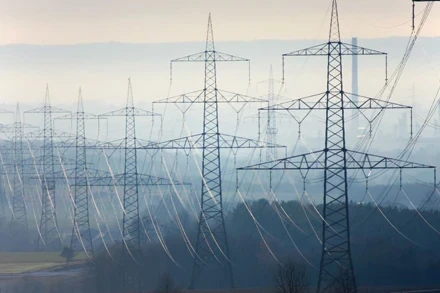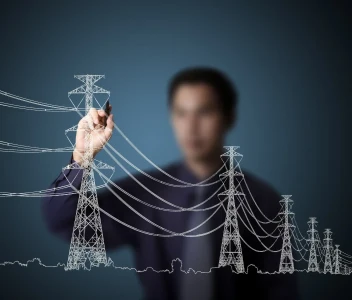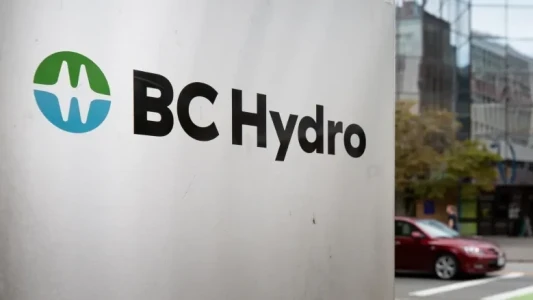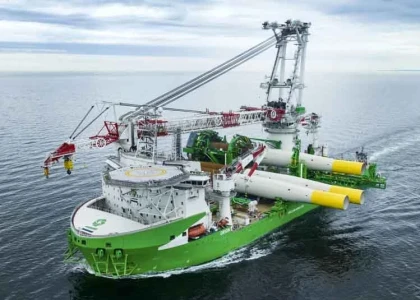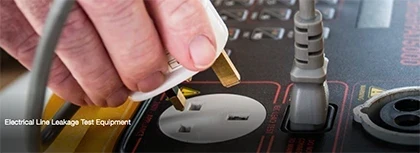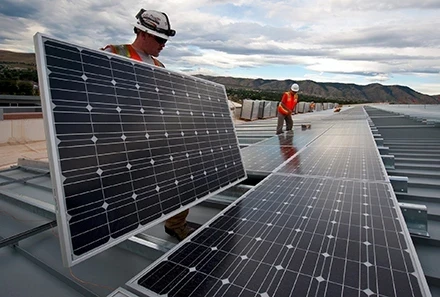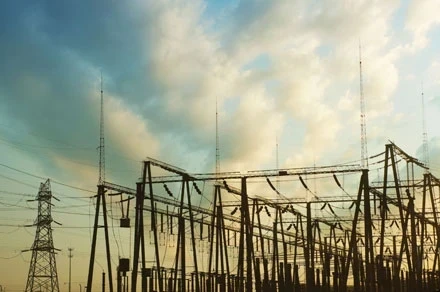New York Greenlights Transmission Work for Empire Wind Offshore Project
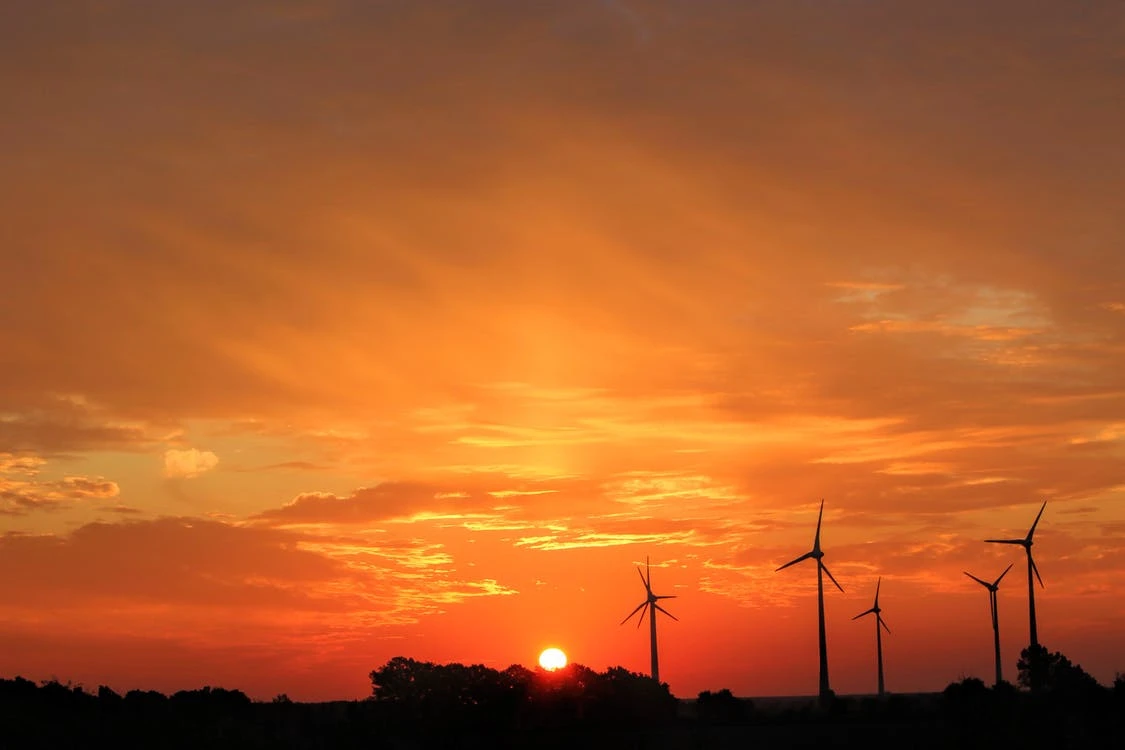
New York is one step closer to bringing offshore wind power to the city’s grid with the recent approval of transmission infrastructure for the Empire Wind 1 project. The New York State Public Service Commission (PSC) granted final approval for the construction and operation of the offshore and onshore transmission facilities needed for Empire Wind 1, an 816-megawatt wind farm being developed by Equinor. This approval marks a significant milestone in New York’s commitment to renewable energy, with Empire Wind 1 being the first offshore wind project poised to connect to the New York City grid.
Transmission Infrastructure to Support Offshore Wind Power
The approval covers the construction of the transmission cable network that will transport electricity generated by the Empire Wind 1 project from the offshore wind turbines to the onshore power grid. The transmission project includes the installation of two high-voltage alternating current (HVAC) submarine export cables that will run 15.1 nautical miles from the boundary of New York State waters to a cable landfall in Brooklyn, New York. Once on land, the cables will connect to a substation at the South Brooklyn Marine Terminal (SBMT), where the voltage will be increased to 345 kV to allow it to be fed into the broader grid.
This infrastructure project also involves the construction of a 0.2-mile onshore cable route that will connect the underwater cables to the Gowanus substation in Brooklyn. The entire transmission line is designed to ensure that the electricity generated by the wind farm can be reliably transferred to New York City, a region in dire need of renewable energy sources to meet its sustainability goals.
Empire Wind 1: A Key Project for New York's Energy Future
The Empire Wind 1 project is a flagship component of New York’s ambitious renewable energy agenda. Located 15-30 miles southeast of Long Island, the project will cover approximately 80,000 acres and is expected to generate 810 MW of power, enough to supply clean energy to more than 400,000 homes. The project’s construction is slated to be completed by the end of 2026, with full operation expected by the end of 2027.
The offshore wind farm is set to become a crucial part of New York City’s energy mix, which is working to reduce its dependence on fossil fuels and transition to clean, renewable sources of power. Governor Kathy Hochul has set a goal for the state to generate 70% of its electricity from renewable sources by 2030 and achieve net-zero emissions by 2050. Offshore wind is seen as a critical component in reaching these targets, and the Empire Wind 1 project will be one of the largest sources of renewable energy in the state.
Economic Impact and Project Financing
The Empire Wind 1 project is expected to generate significant economic benefits for the state of New York. The total capital investment for the project, including fees for the use of the South Brooklyn Marine Terminal, is estimated to be around $5 billion, which includes potential tax credits. This investment will create thousands of jobs during the construction and operational phases, providing a boost to the local economy and helping to establish New York as a hub for offshore wind energy development.
Equinor, which acquired the lease for the Empire Wind site in 2017, recently closed a financing package worth over $3 billion for the project. The company also signed a power purchase agreement with the New York State Energy Research and Development Authority (NYSERDA) in 2024, securing a 25-year deal for the sale of electricity generated by Empire Wind 1 at a price of $155 per megawatt-hour.
SBMT: A Strategic Hub for Offshore Wind Operations
The South Brooklyn Marine Terminal will play a crucial role in the operation and maintenance of Empire Wind 1. As the operations and maintenance hub for the project, the terminal will house facilities to support the wind farm’s service vessels, which will be responsible for maintaining the turbines once they are operational. The terminal will also serve as a base for the storage and assembly of wind turbine components before they are transported to the offshore site.
The terminal is being developed as a low-emissions facility, with solar power and electric vehicle (EV) charging stations to support the transition to a cleaner energy economy. Additionally, the terminal will host the Empire Wind Service Operations Vessel, the first plug-in hybrid vessel in the U.S. offshore wind industry, which will help minimize the environmental impact of the wind farm’s operations.
Challenges and Future Developments
While the approval for the transmission infrastructure is a major step forward, challenges remain for the Empire Wind 1 project. The state’s offshore wind industry has faced hurdles such as rising inflation, supply chain disruptions, and competition for federal incentives. Additionally, the termination of the Empire Wind 2 project in early 2025, a larger proposed wind farm in the same region, reflects the economic challenges that have impacted some renewable energy projects.
Despite these challenges, Empire Wind 1 remains on track to be a cornerstone of New York's renewable energy future. The state is expected to continue its efforts to expand offshore wind capacity, with future projects like Sunrise Wind, another large offshore wind farm, set to further bolster New York’s clean energy infrastructure.
The greenlighting of the transmission work for the Empire Wind 1 project is a crucial step in advancing New York’s clean energy transition. With the project set to bring significant renewable energy capacity to the state, it will play a key role in meeting the state's climate goals. The development of Empire Wind 1 and its associated transmission infrastructure represents a significant investment in New York’s renewable energy future, positioning the state as a leader in offshore wind development in the United States.

